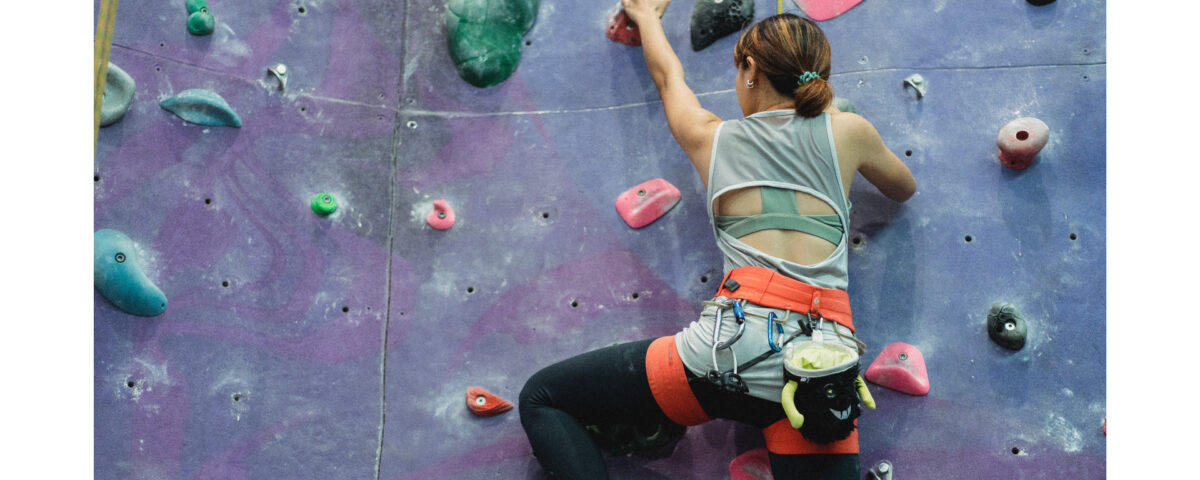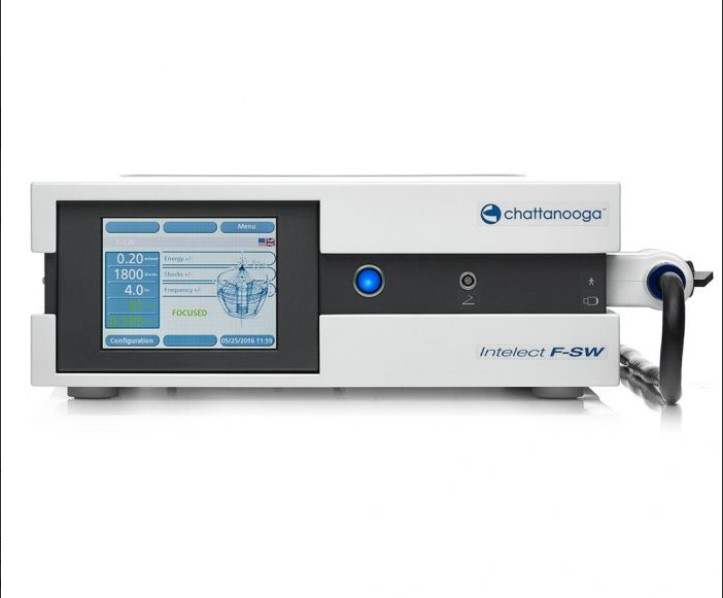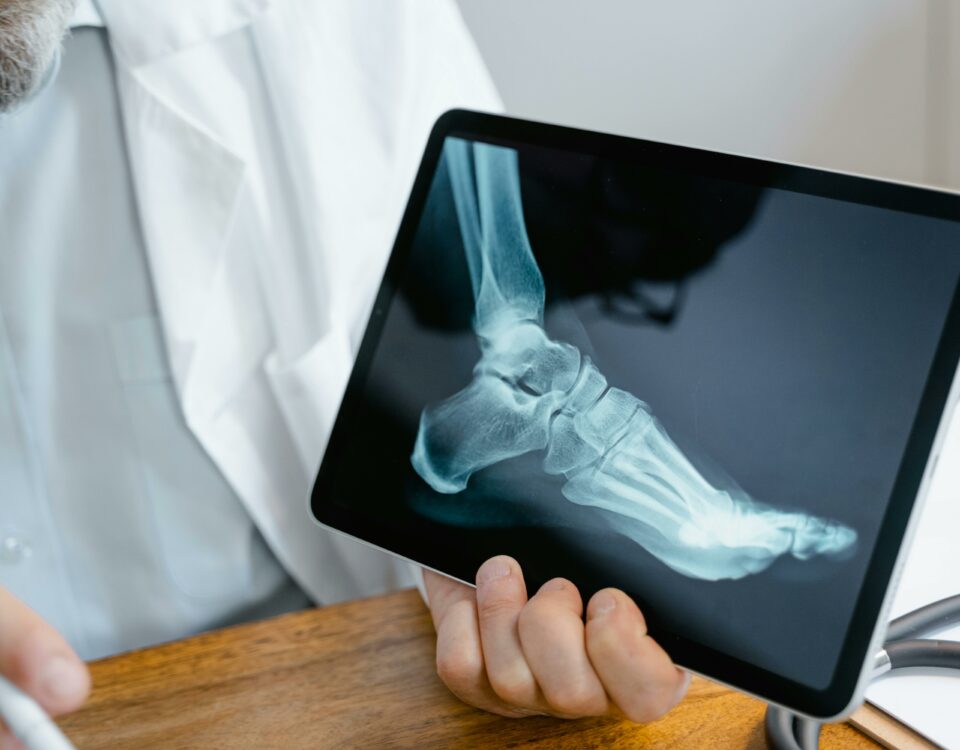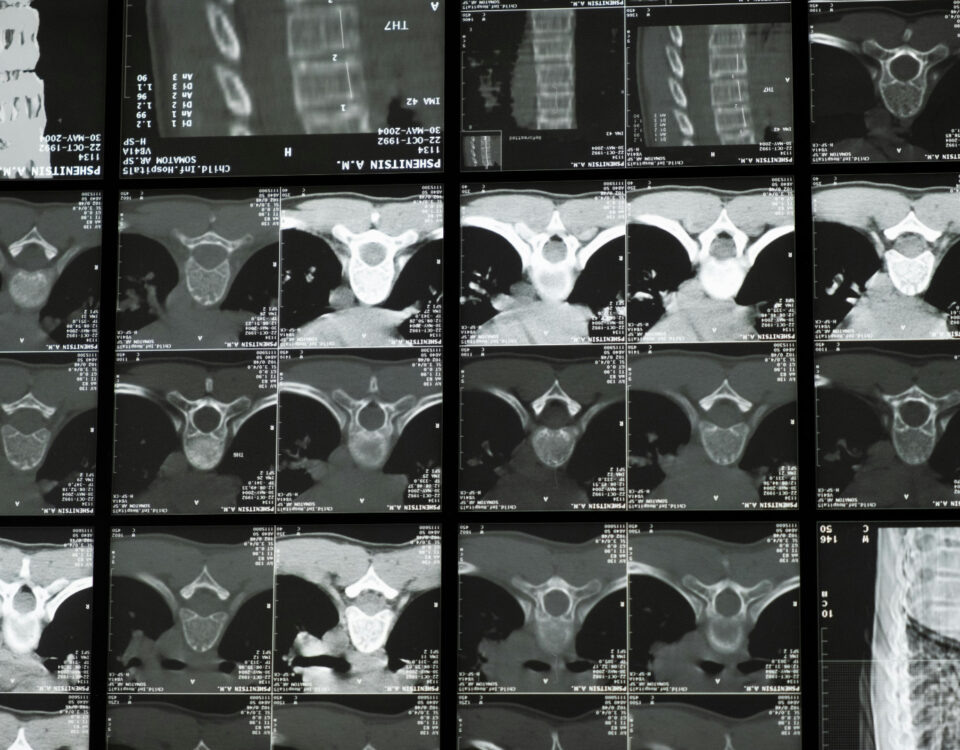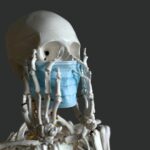
Will Body Aches from the Newest Covid-19 Variant impact your Chiropractic Results?
January 7, 2023
“I have a rib out…” – treating a rib injury from Seatbelt after Low to Medium Speed Car crash accident.
February 19, 2023Case Study: Climber with Hand Tingling and Weakness after Rock Gym Climbing
In December I began working with a climber with hand tingling and finger weakness after rock gym climbing. The person I chose for the Case Study was having intermittent tingling in the inner two-and-a-half fingers of the left hand, including the pinky, and occasional hand fatigue and grip strength loss. The hand did not feel cold and it was not pale. There had been no specific accident or event. What do you think the problem was? It’s actually not such a mystery and Blue Heron Chiropractic was an ideal place to come and find out some answers and make a plan.
How do clinical tests explore the symptoms?
Seated on the table, we tested manual grip strength both manually and with a dynamometer. Initially grip seemed similar from side to side. However, repeating the test showed weakening of the left hand. As a matter of fact, testing with the head leaned forward and away caused a weakening in the hand and reproduced the tingle in the pinky and digits four and three on the palm side of the hand. By the way, the patient is left hand dominant (“Left handed”).
Putting the arms straight out at a 90 degree angle to the body produced some tingling into those specific left hand fingers, but not to the right hand. Lowering the arm down relieved the tingle. We had the patient put both arms out 90 degree angles and bend at the elbow, hands up. Opening and closing the hands for a full minute, called “Roo’s” test, produced early fatigue in the left hand. It was encouraging that this did not continue after the test stopped, as it sometimes can last for a minute or more. The test was still a soft positive (not convincing) – which is just fine, adds to the data.
The patient could feel light touch sensations in the fingers, but it was interesting that in the challenge positions, the hand became weak. Again, the tingling did not persist and there was no “fallen asleep” feeling. Tapping on the inside of the elbow produced “Zingers” to the hand/fingers.
What do these results suggest?
What this at least suggested was that the patient’s nerve roots coming out of the neck and proceeding down the arm through the thoracic outlet under around the shoulder – the Brachial Plexus – might have been stretched or tractioned or torn, if not compressed. This happens with climbers who hang – and maybe twist while hanging – in extreme positions on a rock wall or a pitch. The reason this is challenging with a climber is that you might not feel it happening on a pitch and suddenly have no grip without warning. Since these symptoms could reliably be triggered and then essentially resolved after positional corrections, it’s quite possibly a functional compression in the thoracic outlet.
How can this happen, and what are other possibilities?
Sometimes postural positioning can change the way that the nerves and circulation flow from the base of the neck through the shoulder, down into the arm to the hand. When that happens, specific nerve roots can be challenged and we get specific slowdowns or latencies of function, producing numbness and tingling, weird sensations, and maybe even loss of muscular strength, weakness or fatigue of specific groups. A way to distinguish circulation (often postural) from nerve (often injury based) is that the symptoms related to blood flow will linger and take a period of time to both develop and recover, long minutes, hours or days. Nerve conduction issues can turn on and off. Circulatory presentations are often “glove like” – as in the entire hand – and not just a particular area, like two or three fingers. That latter implies a neurological source. This condition may also be a Thoracic Outlet Syndrome, which can happen for several reasons including working, playing (or climbing) with the arms overhead. Sometimes, we get a presentation implying both, and things get interesting. For example, problems in the mechanics of the thoracic outlet can limit the nerve, encouraging traction injuries.
How will we diagnose and address this Chiropractic/Medically in-Clinic?
This is best diagnosed with orthopedic/neurological testing positioning and specific movements that look like stretches, and maybe a Nerve Conduction Velocity test (NCV). It can be treated with anti-inflammatories, re-positioning and management, change of activities (at least temporarily) , occasionally exercise, occasionally nerve flossing, indirectly with chiropractic and occasionally directly with specialized and specific chiropractic adjusting, and/or surgery. It’s all a case-by-case basis. But we are probably at least initially and temporarily going get you off the wall while we work this up. No sense falling because your grip fails, or hanging while tractioning a challenged nerve and making things worse.
Do we adjust the spine or the shoulder for situations like this??
This is not a case I would likely recommend adjusting of the neck using chiropractic manipulative therapy on the first session, before we would at least consider getting a nerve conduction study (NCV), possibly an X-ray or MRI, and/or a neurosurgical referral. We would likely adjust in the thoracic outlet, ribcage, scapula (shoulder blade) and shoulder, to open the outlet, and the thoracic spine to improve the postural carry. As a chiropractic orthopedist, and more specifically a board-certified neuromusculoskeletal medicine specialist, we handle this with great results at Blue Heron Chiropractic all the time.
What’s next?
In many cases of this scenario, despite the need for some intervention, there is nothing that specifically would imply that one could not recover to 100%. Even if it initially seems to recover, early – because of the above – we would still want to check it out and see if there is a weakness that will make it happen again. IN our climber’s case, we don’t want them reaching out with a “gripless hand”.We keep the chart open on cases like this. In this particular case, once we get the NCV, we will determine where along the nerve the lesion is and go from there.If there needs to be surgery or a referral, we will do that. We support the patient and optimise everything else in the meantime. It’s what we do.
How is Blue Heron handling the COVID-19 Pandemic at this time?
Doctor Sibilla and all staff you will encounter are fully vaccinated with updated boosters. Dr. Dana’s on his fifth shot to date, updating after 90 days for optimum immunity. We are still currently masking inside the clinic, as is required for all healthcare facilities. If you don’t have an appropriate mask, we will provide you with one. Access Chiropractic safely and securely at Blue Heron Chiropractic & Healing Arts Center, with Dr. Dana Sibilla, DC DABCO FIANM (Fellow, International Academy of Neuro-Muscolo-skeletal Medicine).

